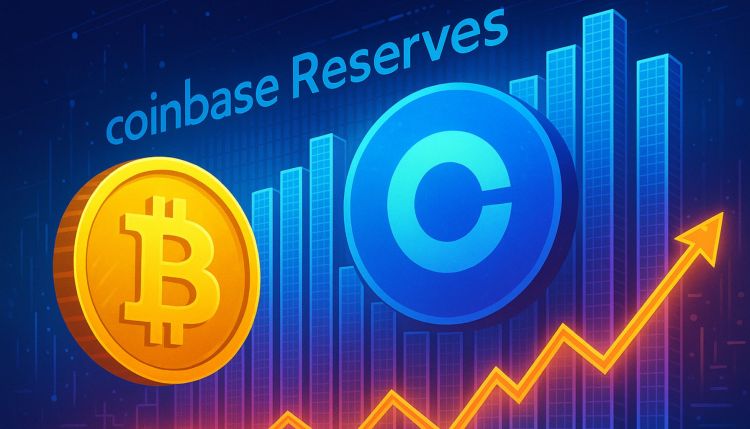Reason to trust

How Our News is Made
Strict editorial policy that focuses on accuracy, relevance, and impartiality
Ad discliamer
Morbi pretium leo et nisl aliquam mollis. Quisque arcu lorem, ultricies quis pellentesque nec, ullamcorper eu odio.
The tokenization of real-world assets (RWAs) represents a multi-trillion dollar opportunity, with both blockchain-native and TradFi behemoths keen to claim a piece of the pie. All the more so given the crypto-friendly disposition of the current administration.
Although it is still early days for the sector, on the Web3 side Layer-1 blockchain Mavryk has made tremendous strides and established itself as the leading ledger.
A Bridge Between TradFi and DeFi
While RWA categories are extensive – government bonds, private credit, precious metals, fine art – early action has centered on bricks and mortar: earlier this year, Mavryk secured a $3 billion deal with UAE property giant MAG Group and global derivatives firm MultiBank Group, the largest of its kind to date. The trio’s goal? To bring property investment to the masses, granting everyday investors fractional access to real estate in a fully regulated environment.
Interestingly, the $3bn deal has been described as merely the ‘first phase’ of the partnership, with around $10 billion worth of real estate value identified for tokenization. Given there’s only $25 billion of RWAs currently on-chain, this initiative could significantly enrich the market – not least by opening the floodgates to the $226 trillion residential property market.
A purpose-built network created to bridge TradFi to decentralized finance, Mavryk will be responsible for issuance, secondary liquidity, settlement and governance as the tokenized properties come on-chain. As well as being able to acquire a piece of desirable real estate from as little as $50, investors can also earn on-chain yield backed by real value – and even, in time, borrow against their holdings.
The addition of infrastructure specialist Fireblocks, with its provision of institutional-grade custody services, has turbocharged the trifecta’s tokenization efforts. Trusted by the likes of BNY Mellon and Revolut, Fireblocks currently secures over $7 trillion of value across 100+ blockchains.
Mavryk CEO Alex Davis has referred to tokenization as “the next evolution of capital markets,” and stressed that while rival platforms are busily retrofitting their chains to be RWA-ready, Mavryk is purpose-built to handle these assets at scale.
It’s not just the Layer-1 either: Davis points to a thriving ecosystem that includes Equiteez, a marketplace for buying, selling and trading fractionalized RWA tokens, and Maven Finance, a DAO-operated banking layer offering yield and RWA-backed loans. Currently in testnet, Mavryk’s mainnet will launch later this year.
GENIUS Act Helps RWA Momentum
To say RWA momentum is building would be an understatement. Leading exchange Binance has rolled out support for USYC, a tokenized form of money market fund Hashnote International Short Duration Yield Fund, and Coinbase will soon support tokenized US equities and on-chain prediction markets.
The arrival of the GENIUS Act, the first piece of federal framework for stablecoins, has meanwhile boosted Wall Street confidence in the traditionally unregulated crypto market. Particularly as dollar-pegged stablecoins are likely to be the preferred medium of exchange in transactions involving tokenized real estate.
A friendly regulatory landscape has long been considered a prerequisite for blockchain’s penetration of the mainstream, with RWAs the most obvious use-case. Maturing legislation and infrastructure, coupled with growing institutional interest and investable assets (property, art) everyone can understand, is bringing mainstream adoption closer to reality.

















